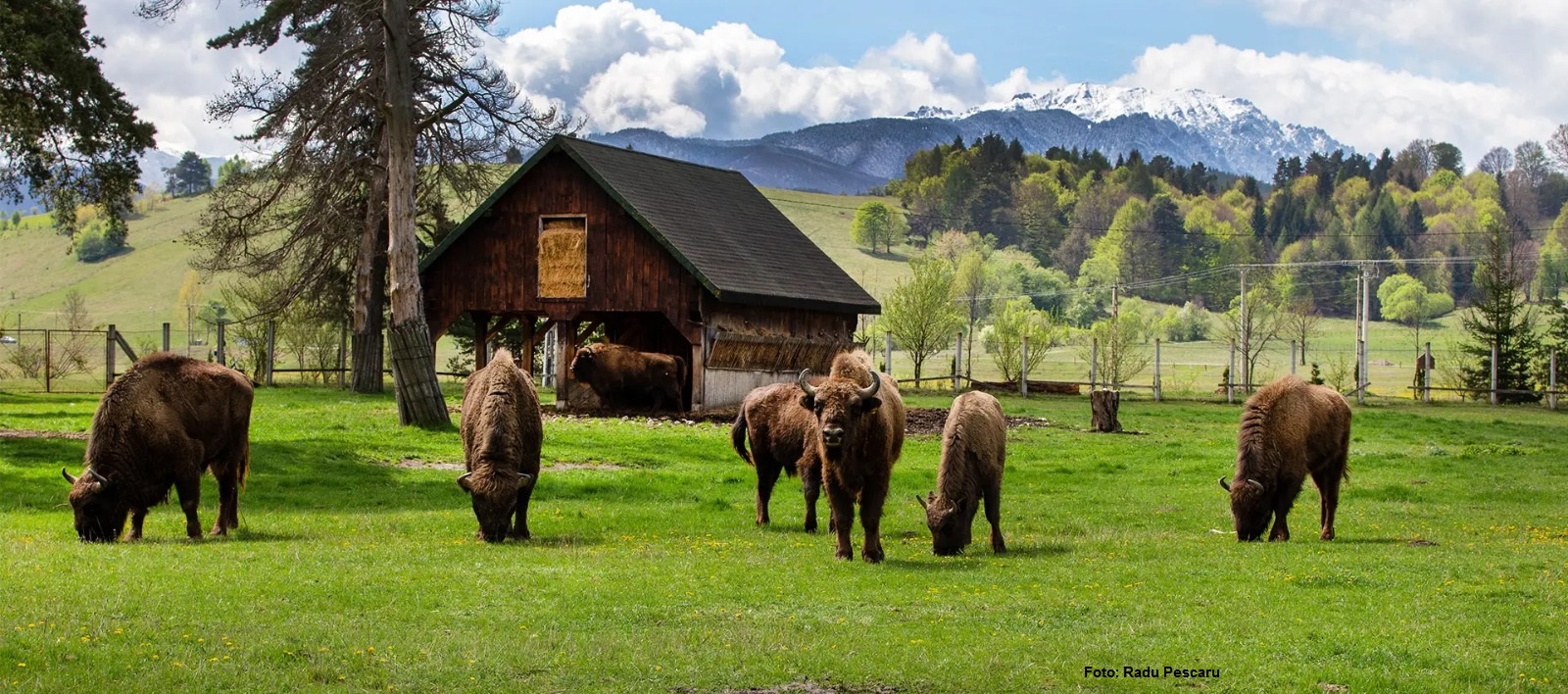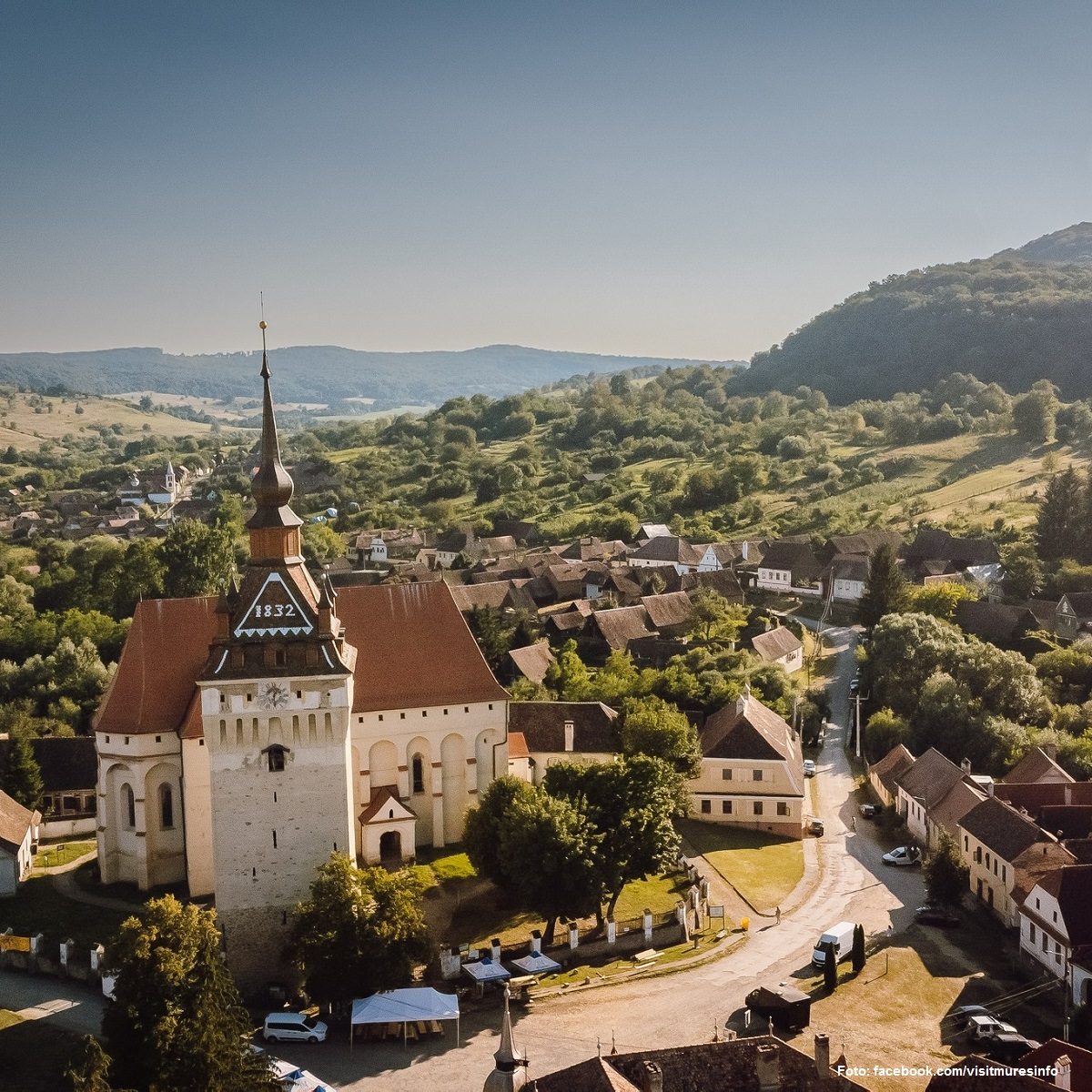Alba Iulia
Alba Iulia is known to the general public and specialists alike mainly due to its age and the significance of the historical events it has hosted. It’s a European, modern city, divided into the upper and the lower towns. The upper town is home to millennia-old monuments, very well preserved and recently restored. The lower town was built closer to the modern times. In fact, last year Alba Iulia got a Certificate of Excellence awarded by TripAdvisor, the world’s largest travel site. The certificate is the result of the positive reviews of the travelers who have visited the fortress of Alba Carolina in the past year. But such positive reviews are no surprise to anybody anymore. Alba Iulia is home to a variety of monuments, illustrative of both religious and military architecture. For instance, tourists can visit the 18th century bastion and the military facilities that hosted the garrison since the 18th century. As for the religious edifices, the oldest and best known of them is the Roman — Catholic Church, built in a combination of Roman, Gothic, Renaissance and Baroque styles. Also, one should not miss the Augustinian, Dominican, Jesuit, Franciscan and Trinitarian monasteries.
Warning: Trying to access array offset on null in /home/web/rri.ro/public/wp-content/themes/rri/template-parts/content.php on line 53

Warning: Trying to access array offset on null in /home/web/rri.ro/public/wp-content/themes/rri/template-parts/content.php on line 98
România Internațional,
30.11.2017, 14:20
Alba Iulia is known to the general public and specialists alike mainly due to its age and the significance of the historical events it has hosted. It’s a European, modern city, divided into the upper and the lower towns. The upper town is home to millennia-old monuments, very well preserved and recently restored. The lower town was built closer to the modern times. In fact, last year Alba Iulia got a Certificate of Excellence awarded by TripAdvisor, the world’s largest travel site. The certificate is the result of the positive reviews of the travelers who have visited the fortress of Alba Carolina in the past year. But such positive reviews are no surprise to anybody anymore. Alba Iulia is home to a variety of monuments, illustrative of both religious and military architecture. For instance, tourists can visit the 18th century bastion and the military facilities that hosted the garrison since the 18th century. As for the religious edifices, the oldest and best known of them is the Roman — Catholic Church, built in a combination of Roman, Gothic, Renaissance and Baroque styles. Also, one should not miss the Augustinian, Dominican, Jesuit, Franciscan and Trinitarian monasteries.
Emanuel Dragusin is a journalist and a spokesman for a company that administers an architectural compound. He is also passionate about history: “A tourist, be it Romanian or foreign, would have lots of reasons to visit Alba Carolina, which is a Vauban type of fortress. It is actually the largest fortification built in the Vauban style in Romania and in the south-east of Europe, with a surface of over 100 hectares.”
The fortress of Alba Iulia is the site of some unique ceremonies in Romania, says Emanuel Dragusin: “Soldiers dressed in 18th century uniforms perform the changing of the guards every day at 12 pm in front of the third gate of the fortress. This brings life and colour to the Alba Carolina fortress and is an attraction for tourists. Also, the soldiers in the fortress guard can also be seen from the route linking the three fortifications. The ritual of the changing of the guards also includes thoroughbred horses from our horse-riding centre. During the tourist season, the changing of the guards is accompanied by the ceremonial firing of a cannon salvo, an event unique in Romania.”
The director of the Union Museum in Alba Iulia Gabriel Ristoiu says the fortress exerts a powerful fascination on all visitors. The fortress consists of seven bastions and features all the elements of fortification characteristic of military building techniques at the time. Entry is made through six different gates, most of which are decorated with statues and reliefs. The fortress stands out as the most significant example of Baroque figurative art in Transylvania. It also plays host to the Batthyanaeum Library with its rich collection of rare manuscripts.
Gabriel Ristoiu: “In the Middle Ages, Alba Iulia was for a short while the capital of the voivodate of Transylvania and later the principality of Transylvania. The city is home to the Roman-Catholic church whose patron saint is Michael. This is the most representative example of mediaeval architecture in Transylvania. It features the oldest Romanesque sculptural element in Romania, the oldest Renaissance structure in this country. The cathedral can in fact be seen as a complete guide to mediaeval architecture in Transylvania. We can see a range of styles, from Roman to Baroque. In terms of the Roman style, the Alba Iulia cathedral is one of the most representative in terms of the late Roman style in SE Europe. Inside we have the tombs of the princes of Transylvania, among them ruler John Hunyadi and his family. John Hunyadi is a major European figure. After the Battle of Belgrade, which he won fighting against the conqueror of Constantinople, Mehmed II, the Pope decreed that, throughout the Catholic world, bells should toll every day at noon. As they said back then, the light of the world went out upon the ruler’s death.”
After the takeover of Transylvania by the Austrian Empire, a grand Vauban fortress was built at Alba Iulia, as Gabriel Ristoiu, director of the National Union Museum told us: “This is the biggest Vauban fortress in Romania left standing. The one in Timisoara was the biggest, but only one bastion is still up. It has a few elements that make it unique among European bastions. It has a few Baroque elements. Four of its six gates have Baroque ornamentation. During its construction, the fortress no longer had a defensive role. The Turks had been repealed to the Danube, and Alba fortress became an administrative center. The only time it came under siege was in 1849, when Hungarian revolutionaries attacked it. The third gate, which is truly monumental, is a prime example of Baroque art in Transylvania. It cost around 60,000 guldens.”
Alba Iulia, the city that hosted the festivities when Transylvania joined the Kingdom of Romania, has staged ample manifestations in celebration of Romania’s National Day. The city is booked solid around that date, December 1st, but you should have no trouble finding accommodation the rest of the year.






























